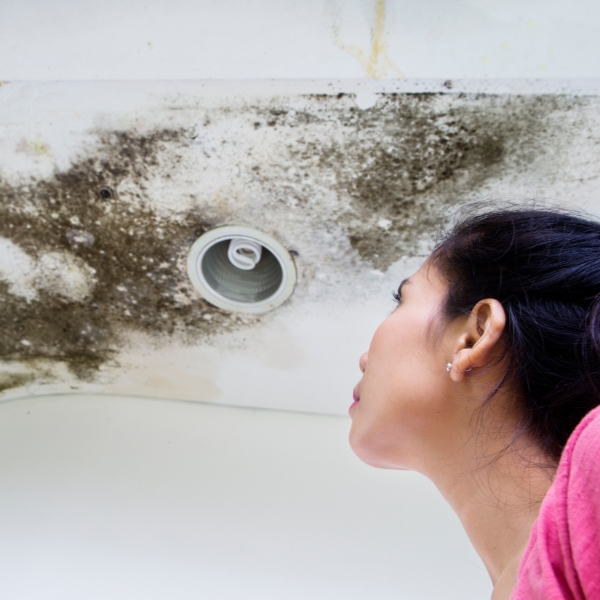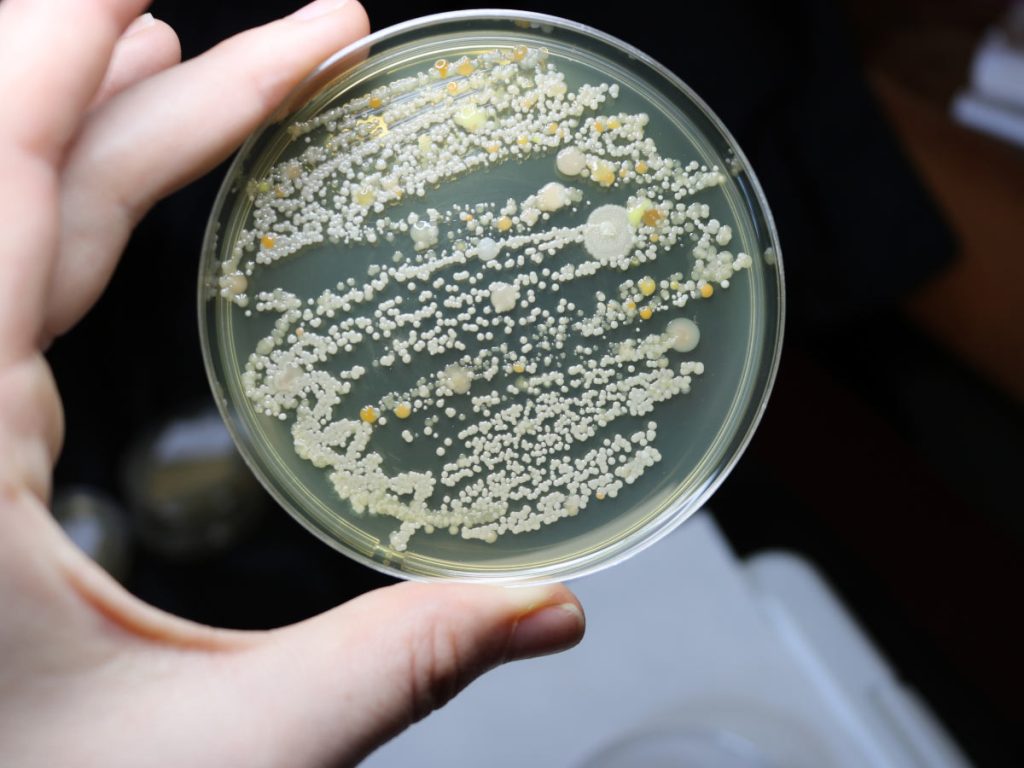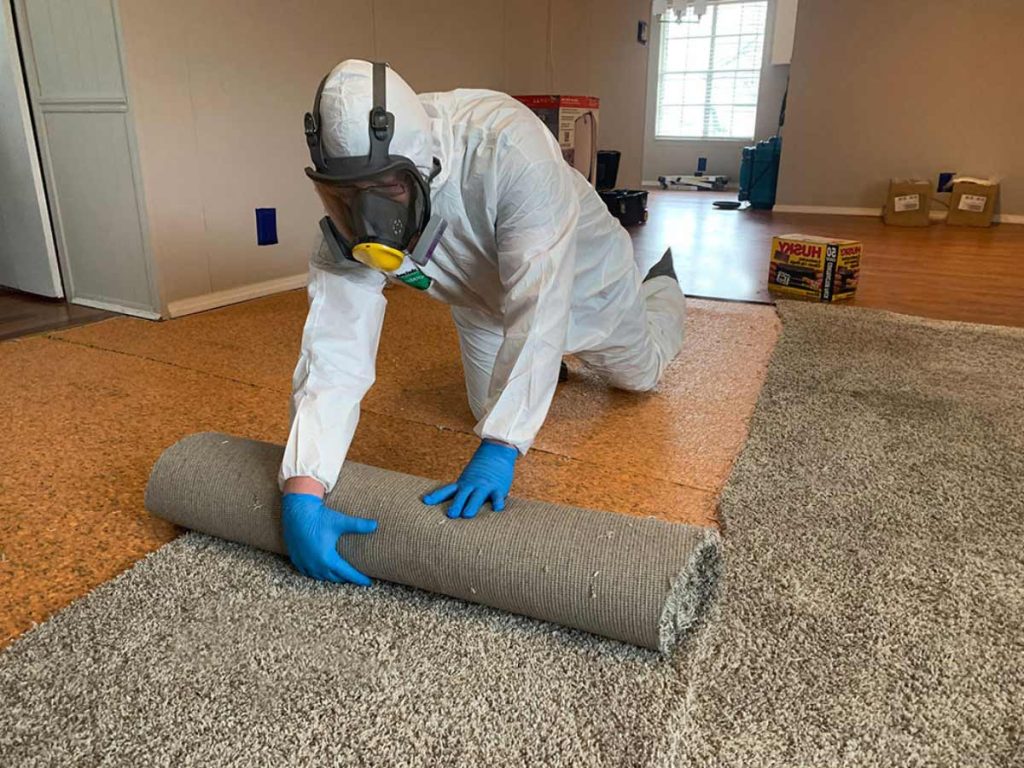Mold is a common problem that can seriously affect our health and our homes’ structural integrity. It thrives in damp and humid environments, making basements, bathrooms, and kitchens particularly susceptible. Mold spores are known to cause respiratory issues, allergies, and even more severe health problems in some cases. That’s why it’s crucial to understand the importance of mold testing and how it can help us identify and address any mold issues in our homes.
Mold testing allows us to determine the presence of mold in our living spaces and assess its extent. By detecting mold early on, we can take proactive measures to prevent further growth and potential health risks. It also helps us identify the type of mold present, as some molds are more toxic than others. This knowledge is essential for adequately remedying and treating the affected areas.
Understanding mold and its potential health effects
Before we delve into the reliability of home mold testing kits, it’s important to understand mold’s nature and its potential health effects on us. Mold is a type of fungus that reproduces through spores. It can grow on various surfaces, such as walls, ceilings, carpets, and furniture, as long as moisture is present.

Mold exposure can lead to a range of health issues. Some people may experience allergic reactions, including sneezing, coughing, and skin rashes. Others may develop more severe respiratory problems, such as asthma attacks or chronic bronchitis. Prolonged exposure to certain types of mold, such as black mold, can even cause more severe conditions, including lung infections and neurological symptoms.
Therefore, it’s crucial to proactively identify and address mold issues in our homes to prevent potential health risks. Mold testing, whether through professional services or home mold testing kits, is an effective way to achieve this.
Professional mold testing vs. home mold testing kits
When it comes to mold testing, there are two main options: professional mold testing services and home mold testing kits. Professional mold testing involves hiring a certified inspector to thoroughly assess your home, collect samples, and send them to a laboratory for analysis. This method provides accurate and reliable results and professional guidance on remediation if needed.
On the other hand, home mold testing kits offer a more affordable and convenient alternative. These kits typically include testing materials, such as swabs or adhesive strips, and sample collection instructions. Once the samples are collected, they can be sent to a laboratory for analysis or analyzed using the provided tools, depending on the specific kit.
While professional mold testing is undoubtedly the gold standard, home mold testing kits can still provide valuable insights into the presence of mold in your home. However, it’s important to note that the reliability of these kits may vary, depending on the brand and quality. That’s why choosing a reputable and reliable home mold testing kit and carefully following the instructions is crucial for accurate results.
How do home mold testing kits work?
Home mold testing kits typically come with clear instructions on using them effectively. The process usually involves collecting samples from different areas of your home where mold growth is suspected. Depending on the specific kit, these samples can be collected using swabs, adhesive strips, or air sampling cassettes.

For surface testing, such as swabs or adhesive strip sampling, the kit will provide materials to wipe or press against the suspected mold growth. These samples are then carefully sealed and sent to a laboratory for analysis. The laboratory will analyze the samples and provide a detailed report on the type and concentration of mold present.
Air sampling, on the other hand, involves using an air sampling cassette to collect airborne mold spores. The kit will instruct where and how to place the cassette for optimal sampling. Once the sampling period is complete, the cassette is sealed and sent to a laboratory for analysis.
It’s important to note that home mold testing kits may have limitations in terms of the accuracy and comprehensiveness of the results. However, they can still provide valuable information about the presence of mold in your home and help you decide whether further professional inspection and remediation are necessary.
Tips for using home mold testing kits effectively
To ensure accurate results when using home mold testing kits, it’s essential to follow the instructions carefully and take the necessary precautions. Here are some tips to help you use these kits effectively:
- Identify the areas to be tested: Before starting the testing process, identify the areas of your home where mold growth is suspected. These may include areas with visible signs of mold, areas with a musty odor, or areas that have experienced water damage.
- Read the instructions thoroughly: Each home mold testing kit may have specific instructions and requirements. Take the time to read and understand the instructions provided with your kit, ensuring you follow them precisely.
- Use proper protective gear: Mold spores can be harmful when inhaled or when they come into contact with your skin. Wear protective gear, such as gloves and a mask, to minimize exposure while collecting samples.
- Collect samples from different areas: To comprehensively assess mold presence in your home, collect samples from various areas. Your sample should include areas with visible mold growth and seemingly unaffected regions.
- Seal and label the samples properly: After collecting the samples, make sure to seal them securely to prevent any cross-contamination. Label each sample with the corresponding location to ensure accurate analysis and interpretation of the results.
- Send the samples for analysis promptly: If your home mold testing kit requires you to send the samples to a laboratory for analysis, do so quickly. Mold samples may degrade over time, potentially affecting the accuracy of the results.
By following these tips, you can maximize the effectiveness of your home mold testing kit and obtain reliable results that will guide your next steps.
Interpreting the results of a home mold test
Once you receive the results from the laboratory or analyze the samples using the provided tools, it’s time to interpret the results. Most home mold testing kits will provide guidelines or reference ranges to help you understand the significance of the results.

The results will typically indicate the type of mold present and its concentration. Some kits may also provide information on the potential health risks associated with the detected mold type. It’s important to compare the results with the provided guidelines to assess the severity of the mold issue in your home.
Keep in mind that not all molds are harmful, and low concentrations may not pose significant health risks. However, if the results indicate the presence of toxic molds or high concentrations of any mold type, it’s advisable to seek professional advice for further assessment and remediation.
The limitations of home mold testing kits
While home mold testing kits can provide valuable insights into the presence of mold in your home, it’s important to be aware of their limitations. These kits are designed for preliminary testing and may not comprehensively assess the mold issue. Here are some limitations to consider:
- Limited scope: Home mold testing kits may only detect mold in the areas where samples are collected. They may not identify hidden mold growth within walls, ceilings, or other inaccessible areas.
- Variability in accuracy: The reliability of home mold testing kits can vary depending on the brand and quality. Some kits may produce more accurate results than others. It is crucial to choose a reputable kit and read reviews or seek recommendations before purchasing.
- Interpretation challenges: Interpreting the results of a home mold test may take some work. Different kits may have different reference ranges or guidelines, making comparing results from other kits challenging.
- False negatives or positives: Home mold testing kits may produce false negatives, where mold is present but not detected, or false positives, where mold is detected but not present. Inaccurate results can lead to unnecessary panic or negligence in addressing mold issues.
It’s important to keep these limitations in mind when using home mold testing kits. If you have any concerns or doubts about the results, it’s advisable to consult a professional mold inspector for a more comprehensive assessment.
When to consider professional mold inspection and remediation
While home mold testing kits can provide initial insights into the presence of mold in your home, there are certain situations where professional mold inspection and remediation are necessary. Here are some instances where seeking professional help is recommended:
- Visible mold growth: If you can see mold growth in your home, especially in large areas or hidden spaces, professional inspection and remediation are crucial. Visible mold often indicates a more significant issue that requires professional expertise and equipment for proper removal.
- Persistent musty odor: If your home has a persistent musty odor, even if you can’t see any visible mold, it may indicate hidden mold growth. A professional inspection can help identify the odor’s source and assess the extent of the mold problem.
- Health concerns: If you or your family members are experiencing persistent health issues that could be related to mold exposure, it’s essential to consult a healthcare professional and consider a professional mold inspection. Professional inspectors can identify potential mold sources and recommend appropriate remediation measures.
- Extensive water damage: Professional mold inspection is necessary if your home has experienced significant water damage, such as flooding or leaks. Water damage creates an ideal environment for mold growth, and thorough inspection can help prevent further damage and health risks.
Professional mold inspection and remediation services have the expertise, experience, and equipment to identify and address mold issues effectively. They can conduct a comprehensive assessment of your home, provide accurate testing results, and offer professional guidance on the remediation process.
Mold inspection and remediation services in Austin
You can consider several reputable companies if you’re located in Austin and need professional mold inspection and remediation services. These professionals have the knowledge and expertise to effectively assess and address mold issues. Here are a few mold inspection and remediation services in Austin:
- All Nation Restoration: All Nation Restoration is Austin’s trusted mold inspection and remediation company. They offer comprehensive mold testing, inspection, and remediation services, ensuring your home is free from mold and potential health risks.
- Toolman Mold Inspections: Toolman Mold Inspection is a certified mold inspection company serving the Austin area. They provide thorough mold assessments, including air and surface sampling, to identify and evaluate mold issues in residential and commercial properties.
- Howard Environmental: Howard Environmental is committed to providing expert mold inspection and remediation referral solutions. Their team of experts uses advanced techniques combined with over a decade of experience in mold/remediation services to identify and help you eliminate mold problems.
These are just a few examples of Austin mold inspection and remediation services. It is essential to research and choose a reputable company that meets your specific needs and requirements.
Conclusion
Mold testing is essential in maintaining a healthy and safe living environment. While professional mold testing services provide the most accurate and comprehensive results, home mold testing kits can still be helpful for initial assessments. By understanding how these kits work, following the instructions carefully, and interpreting the results accurately, we can gain valuable insights into the presence of mold in our homes.

However, it’s important to recognize the limitations of home mold testing kits and seek professional assistance when necessary. Professional mold inspection and remediation services are crucial when visible mold growth, persistent musty odors, health concerns, or extensive water damage are present.
If you’re located in Austin, reputable mold inspection and remediation services are available to address your specific needs. By taking proactive measures and seeking professional help, we can ensure a mold-free and healthy living environment for ourselves and our loved ones. Pay attention to the importance of mold testing and take action to protect your home and well-being.







